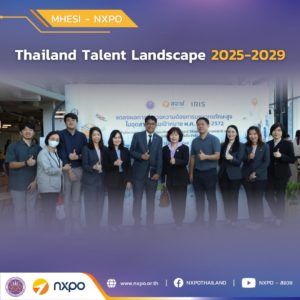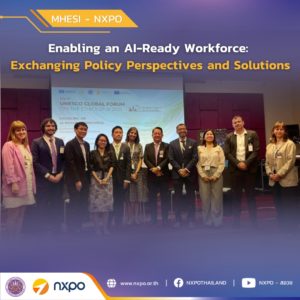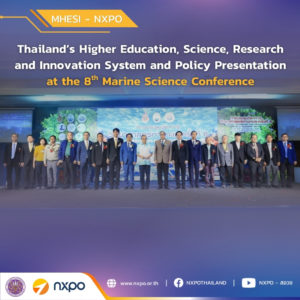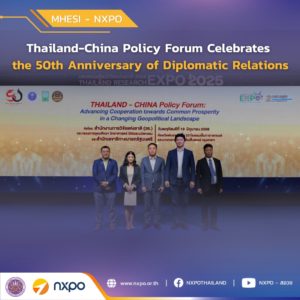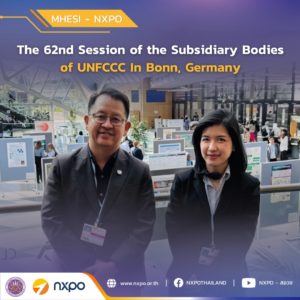On 12-13 February 2024, NXPO hosted a press tour to introduce the Saraburi Sandbox project in Kaeng Khoi district, Saraburi province. The Saraburi Sandbox represents a public–private–people partnership, aimed at creating a blueprint for a city to achieve net zero emissions and combating global boiling.
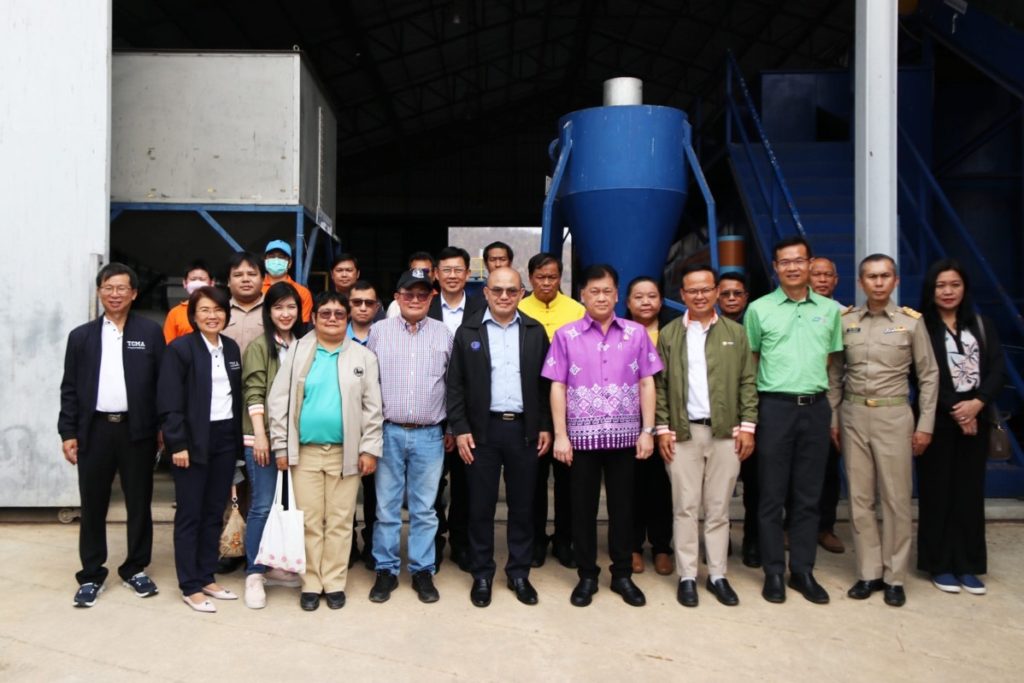
NXPO President Dr. Kittipong Promwong revealed that the Saraburi Sandbox was initiated to support Thailand’s commitment to achieve carbon neutrality by 2050 and reach net zero emissions by 2065. Through research, innovation, and international collaboration, the initiative aims to establish Saraburi as a model for a low-carbon city. As Saraburi is home to Thailand’s largest cement production, NXPO partnered with the Thai Cement Manufacturers Association (TCMA) and the Thailand Concrete Association (TCA) to spearhead the project, bringing together stakeholders from diverse sectors to work towards the common goal of transforming Saraburi into a low-carbon city and serving as a model for other provinces. Key success factors include innovation, cross-sectoral cooperation, strong leadership, and international collaboration to drive policy and implementation.
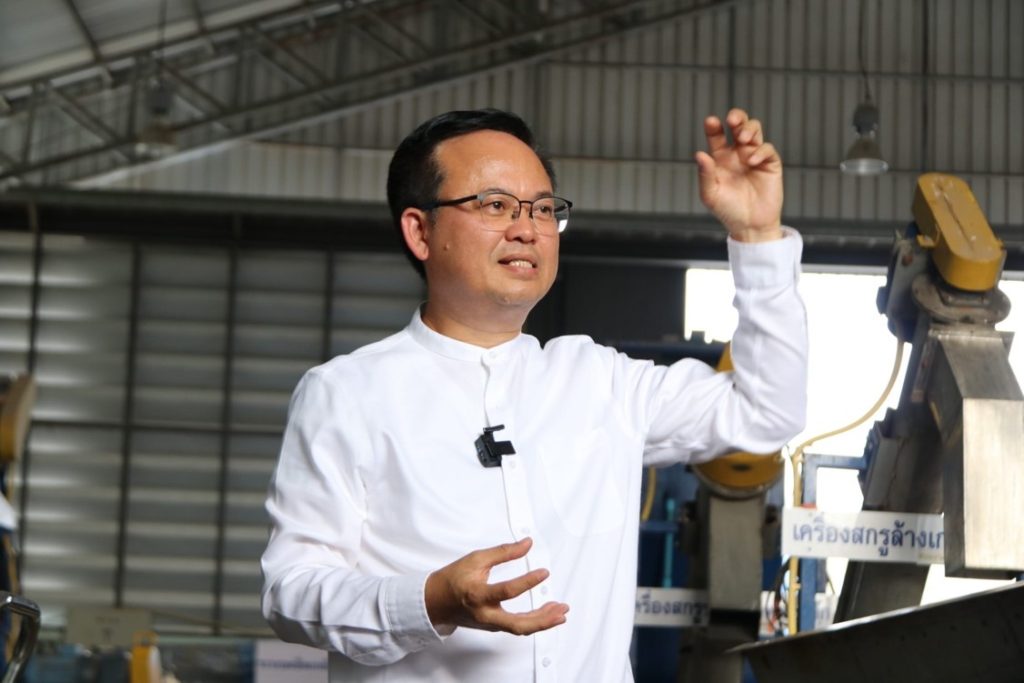
TCMA Chairman Dr. Chana Poomee stated that because of the significance of cement industry to Saraburi’s economy, it is imperative that TCMA is committed to supporting this initiative by adhering to environmental and social responsibility guidelines and implementing the 2050 Net Zero Cement and Concrete Roadmap.
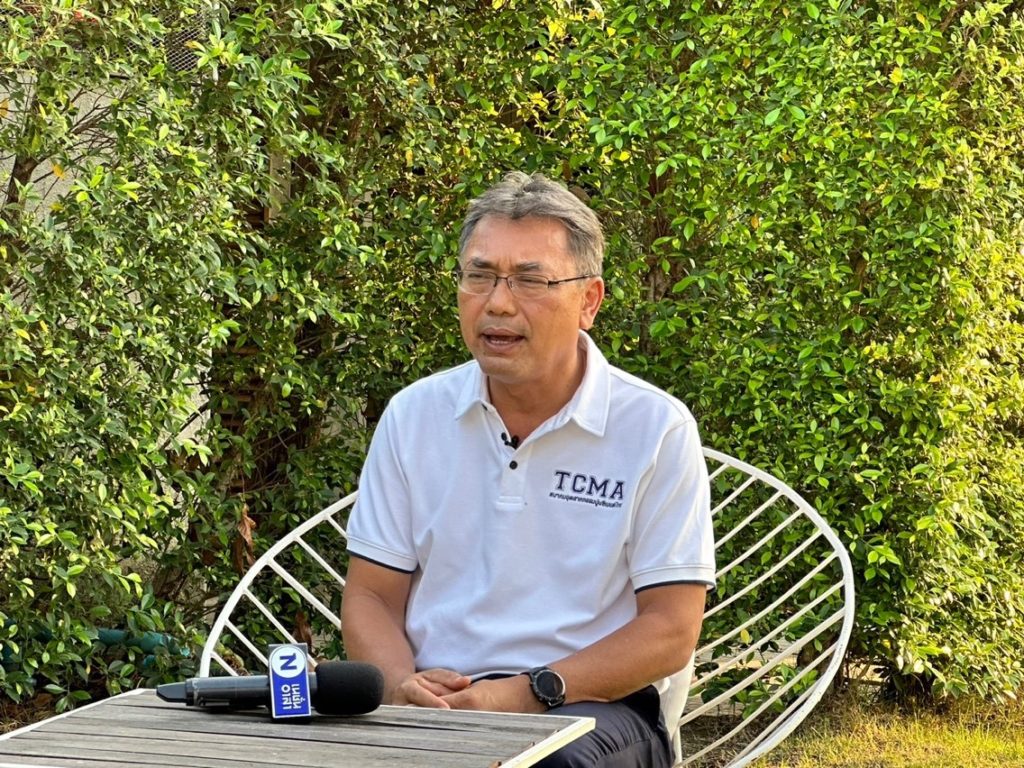
The NXPO-TCMA initiative aims to involve all TCMA members, comprising cement producers in Thailand, in leveraging technology, innovation, international support mechanisms, and stakeholder engagement to promote climate technology and green industry development and facilitate the transition to net-zero emissions in the cement sector.





The actions include:
- R&D on clinker substitutes to reduce CO2 emissions in the production process and cement property enhancement with nanotechnology. This requires collaboration from various parties for technology development, machinery implementation, and standards revision to facilitate the development and adoption of new products.
- Development of low carbon concrete to reduce CO2 emissions in production and construction.
- Development of technologies to enhance efficiency and reduce time, labor, and waste in construction.
- R&D on biomass and refuse-derived fuel (RDF) to phase out coal, aiming to reduce CO2 emissions by 9 to12 million tons per year, mitigate PM 2.5 pollution from agricultural burning, increase farm income, and enhance waste management in Saraburi.
- R&D on carbon capture, utilization & storage (CCUS). CCUS technologies are relatively new in Thailand, thus requiring substantial investment and collaboration from local stakeholders and international partners to drive research and innovation.
Mr. Charoenchai Chaliewkriengkrai, Chairman of the Saraburi Federation of Industries, emphasized energy transition as central to the Saraburi Sandbox. A project promoting Napier grass cultivation has been launched, aiming to transition Saraburi into a low carbon and livable city. The project, which is a collaboration between the Saraburi Provincial Administration, Saraburi Federation of Industries and TCMA, with support from the Program Management Unit on Area Based Development (PMU A), aims to promote Napier grass as an energy crop to replace coal in cement manufacturing. The pilot project spans a 100-rai (16 hectares) planting area in Thap Kwang subdistrict in Saraburi, engaging villagers and community enterprises in this clean energy initiative.


At the Solid Waste Management Learning Center established by Thailand Institute of Scientific and Technological Research (TISTR), Dr. Rewadee Anuwattana, a research expert at TISTR, presented the Tan Diao Model project in support of the Saraburi Sandbox. In collaboration with the Tan Diao Local Administrative Office, TISTR implements municipal solid waste management through waste-to-energy and waste-to-wealth approaches. The project focuses on promoting waste management at source and utilizing technology and innovation to upcycle waste, thereby creating jobs, generating additional income, reducing environmental impacts, and mitigating climate change.



“Training sessions were organized for villagers to promote the 3Rs principle (Reduce, Reuse, Recycle), facilitating waste utilization and income generation within the community. In terms of technology, TISTR has developed a semi-automatic waste separation machine to enable the conversion of waste into recycled plastics, soil amendments, bio-extracts, RDF, biomass energy. These actions contribute to pollution reduction, waste utilization, and form a model for integrated municipal waste management,” concluded Dr. Rewadee.




